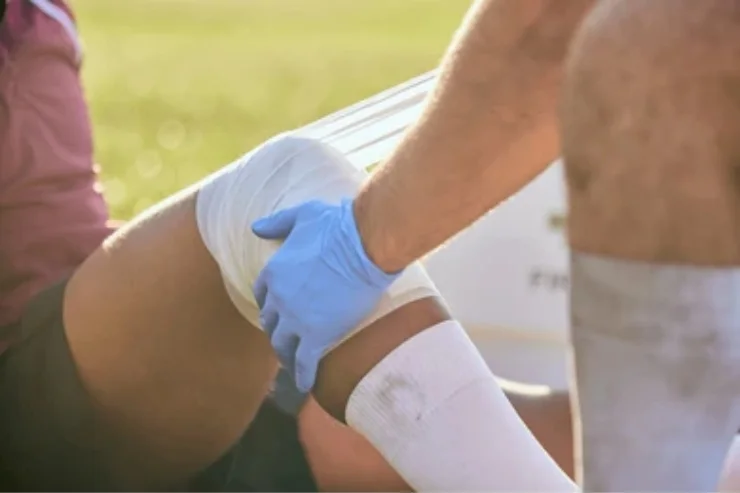
Sports injuries are common, especially among athletes and individuals who engage in physical activities or strenuous exercise. These injuries can affect muscles, ligaments, tendons, bones, and joints, leading to pain, inflammation, and restricted movement. The most common sports injuries include sprains, strains, fractures, dislocations, tendinitis, and ligament tears, such as anterior cruciate ligament (ACL) injuries. The intensity and recovery time of these injuries can vary depending on their type, severity, and the specific area affected.
Effective sports injury management starts with an accurate diagnosis to determine the extent of the injury. Immediate care usually follows the R.I.C.E. method (Rest, Ice, Compression, and Elevation) for reducing swelling and alleviating pain. Nonsteroidal anti-inflammatory drugs (NSAIDs) may be prescribed to manage inflammation and discomfort. For injuries like sprains, strains, or tendinitis, physical therapy plays a critical role in the healing process, focusing on strengthening the affected muscles and improving range of motion. Sports-specific rehabilitation programs help athletes recover while minimizing the risk of reinjury by targeting muscle imbalances, promoting flexibility, and enhancing coordination and strength.
In cases where conservative treatments are not effective or the injury is severe, surgical intervention may be necessary. Common surgical procedures for sports injuries include arthroscopy to repair joint damage, ligament reconstruction, or tendon repair. After surgery, a structured rehabilitation program is essential for restoring function and strength. The goal of sports injury management is not only to treat the injury but also to prevent future occurrences by addressing biomechanical issues, improving technique, and promoting overall body conditioning. With the right treatment approach, athletes can recover fully and return to their sport stronger and more resilient than before.
Rishi’s Indo American Pain Center, a premier destination for comprehensive orthopedic solutions and advanced pain management therapies.